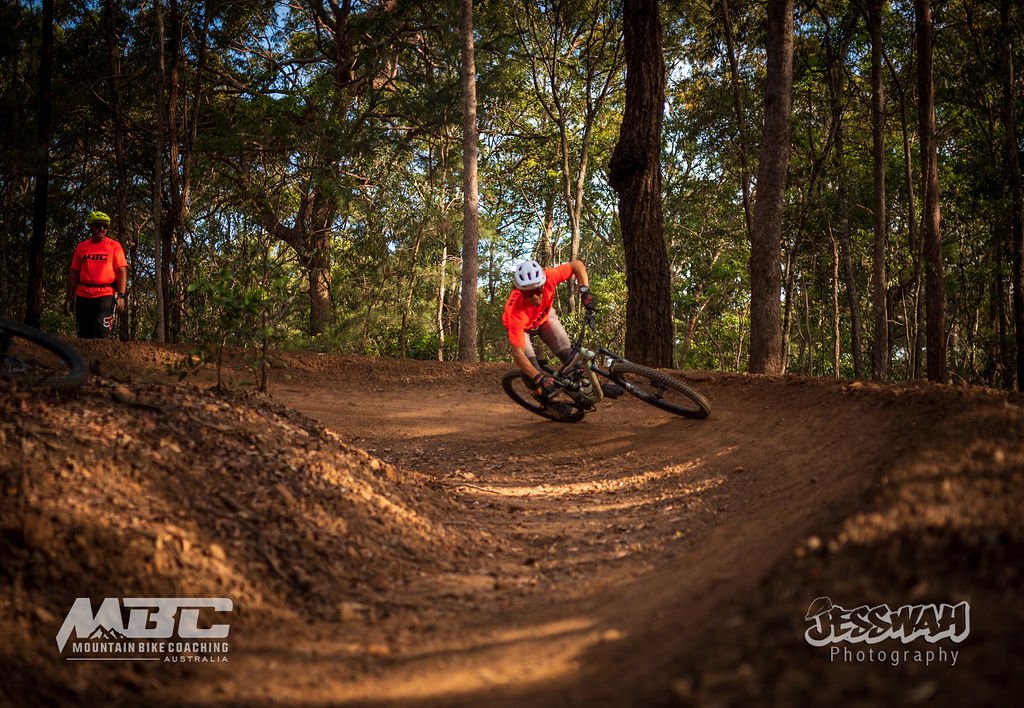Stability and Balance
It's easy to breeze past the significance of fundamental skills in sports, especially in the realm of mountain biking. The burning desire to conquer massive gaps and tackle challenging trail sections often propels us onto trails and features that surpass our current abilities, occasionally leading us straight to the emergency department.
Let’s zoom in on two key pillars that lay the groundwork for achieving the highest level of performance: Stability and Balance.
Unveiling Stability: What Does It Entail?
Stability is the ability to resist external forces. Out on the trails, we encounter a barrage of external forces, ranging from obstacles like rocks, roots, drops, and jumps, and trail features such as berms, rollers, and g-outs. Our ability to defy these forces hinges upon adopting a strong position on the bike.
Stability is born from a simple principle: positioning our centre of mass (loosely situated just above our belly button when we're standing on the pedals) between the base of support (the contact points of the tires). The lower our centre of mass, the stronger our stability becomes.
Consider a wombat – that remarkable creature is pretty hard to knock over. Ever tried bumping into one while riding? Not advisable! Their low center of mass and broad support base means they are remarkably stable. In our case, while descending, we can achieve stability by standing tall on the pedals, flexing at the hips, bending our elbows, and centring our mass between the front and rear wheels (a neat trick is aligning your chin with the stem to keep you centred on the bike).
Why is Balance a Necessity?
While stability serves as one side of the coin, true mastery necessitates the other – balance. When the forces of the trail eventually overpower our stability, our saving grace lies in regaining that stability. Here's where our range of motion takes the stage. Our movements on the bike encompass four essential planes: vertical, fore/aft, lateral, and rotational. Skillful balance thrives on our aptitude to navigate these planes effortlessly.
“The hallmark of an advanced rider is their ability to stay balanced on a bike through a wide range of motion”
The Intricate Dance of Stability and Balance
In the early stages of our riding journey, our focus zeroes in on establishing stability. We adopt a low, wide posture on the bike, allowing only limited movements from that anchored position. As our riding evolves and we confront intensified external forces on the trail, we're compelled to execute intricate body and bike movements to reclaim stability. The hallmark of an advanced rider is their ability to stay balanced on a bike through a wide range of motion.
An expert rider thrives in unstable circumstances, armed with a comprehensive repertoire of bike-body interaction. They discern precisely when and how much to maneuver to regain stability. To elevate your riding to the next level, it's imperative to not overlook the basics. Developing a strong and stable position on the bike, regardless of speed or terrain, coupled with refining your range of motion, lays the tracks to elevate your riding prowess.
What Sets the Pros Apart from the Amateurs?
Distinguishing a pro rider from a novice lies in how flawlessly and consistently the pros execute these foundational skills. They're the ones who exhibit expert finesse in fundamental techniques under varying speeds and in the face of challenging terrain.
Boosting Your Range of Motion: A Practical Approach
Elevating your range of motion on the bike takes practice, and here's a few maneuvers you can incorporate into your rides to develop your range of motion on the bike:
Vertical Range of Motion
Front Wheel Lifts
Level Wheel Lifts
Bunny Hops
Fore/Aft Range of Motion
Rear Wheel Lifts
Manuals
Roll Downs
Lateral Range of Motion
Angulation (tilting the bike more than your body)
Rotational Range of Motion
Slow, tight turns
Hip rotation in corners
Remember, the journey to MTB excellence begins with refining these fundamental skills. Improve your stability and balance on the trail and watch all aspects of your riding improve!


